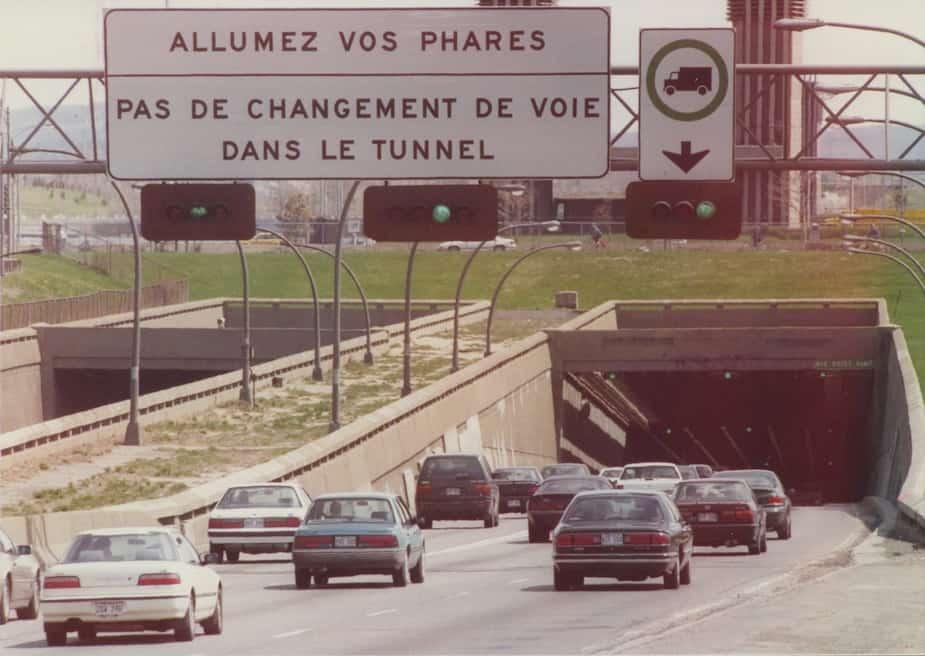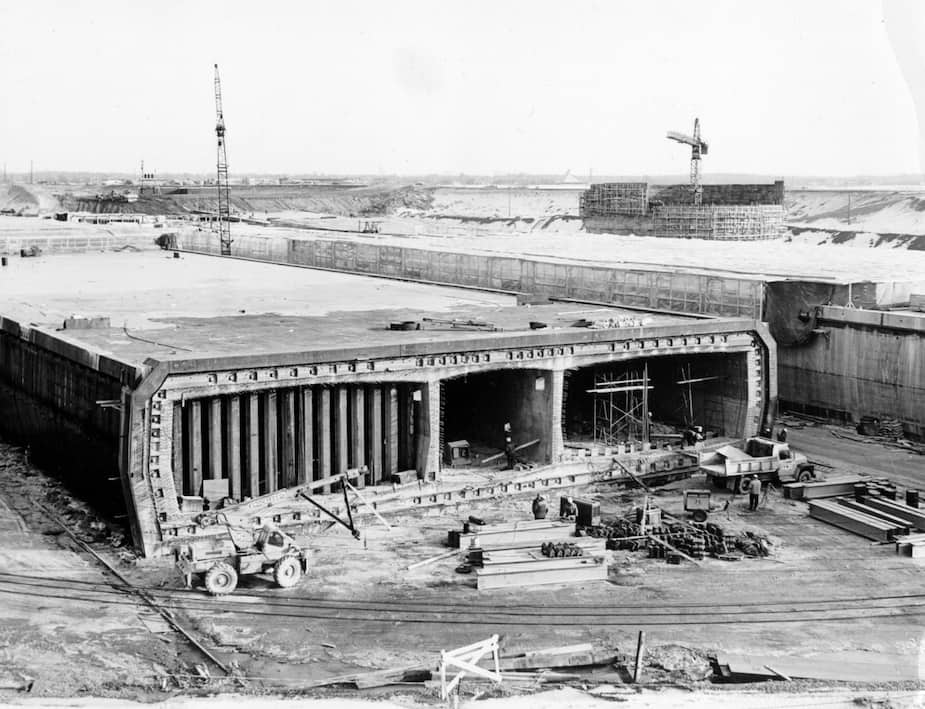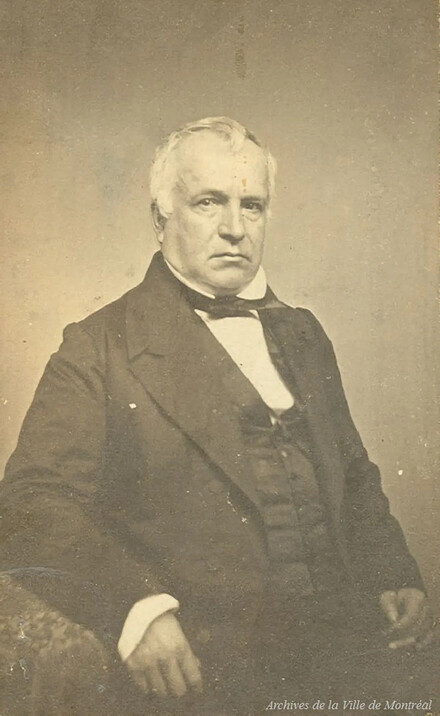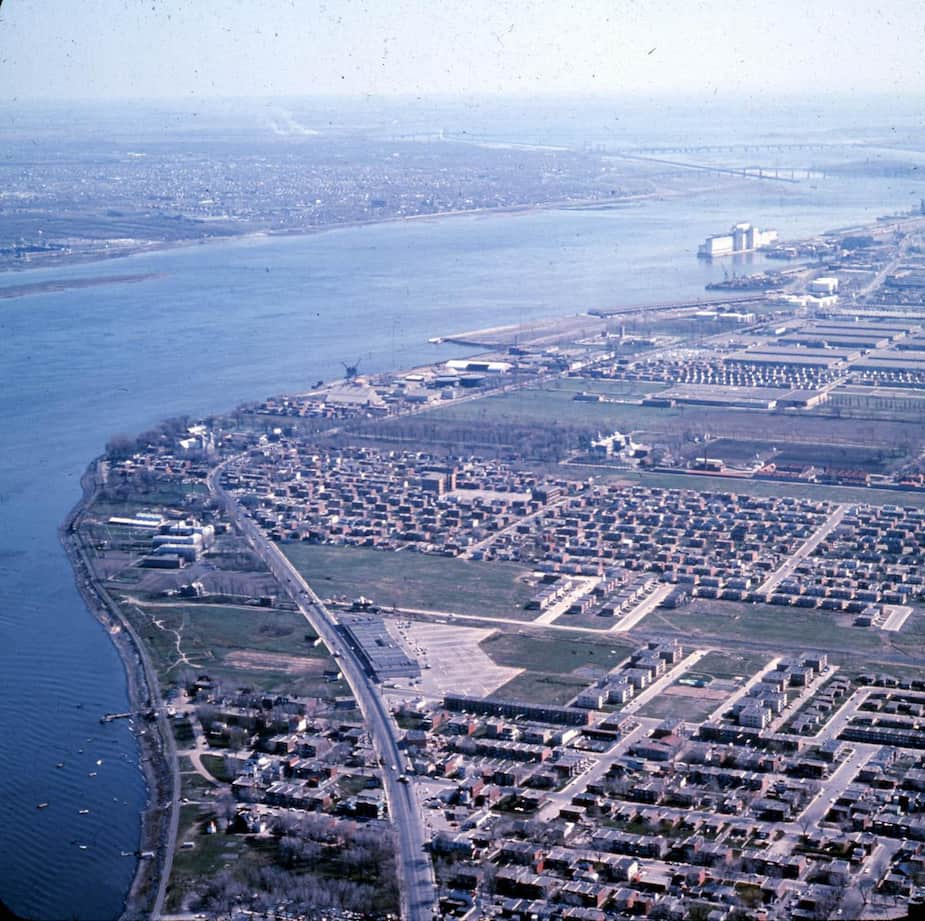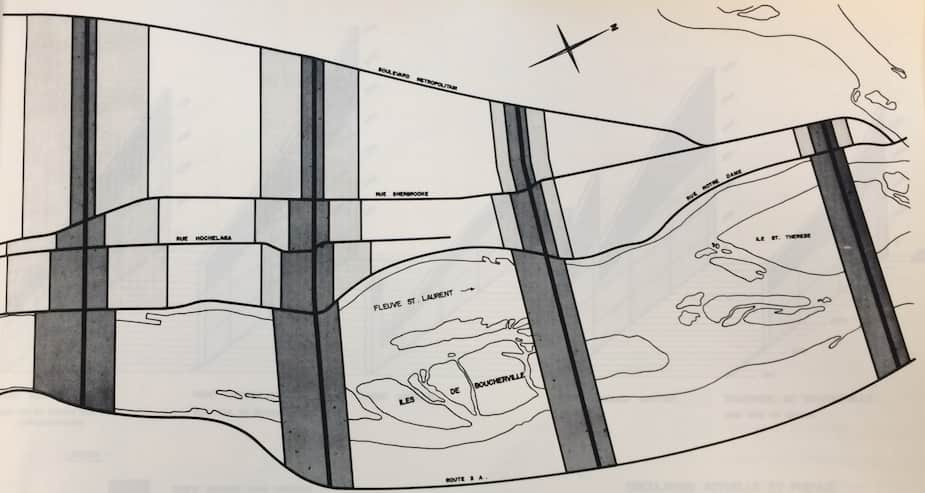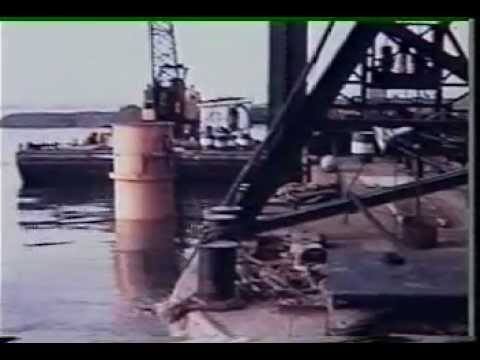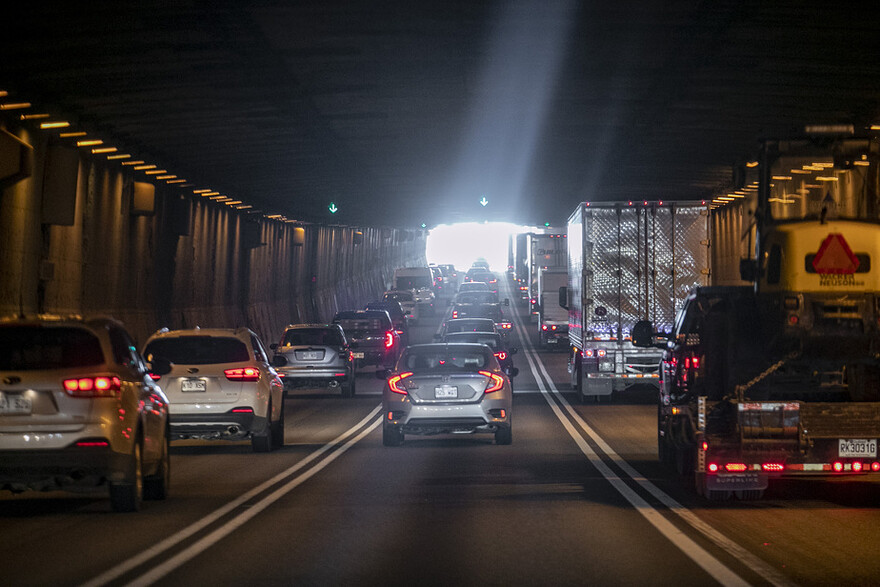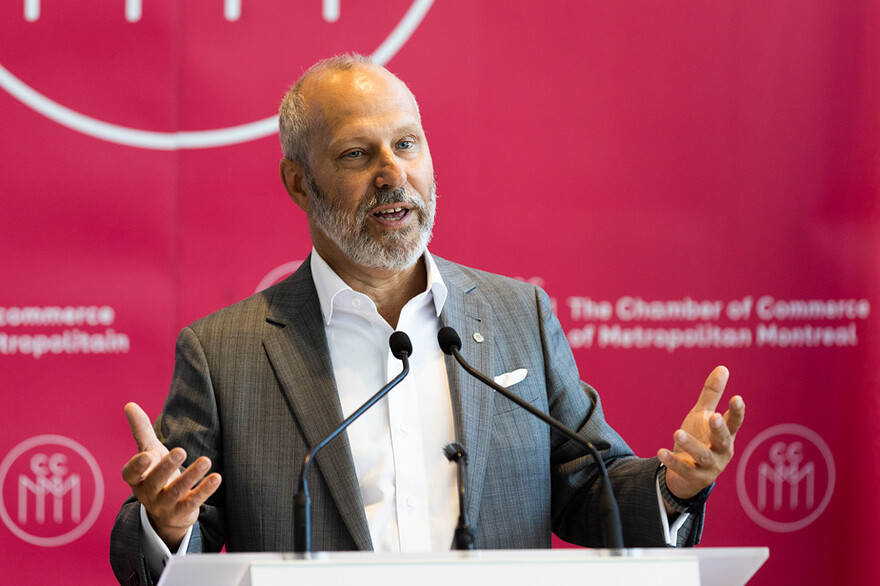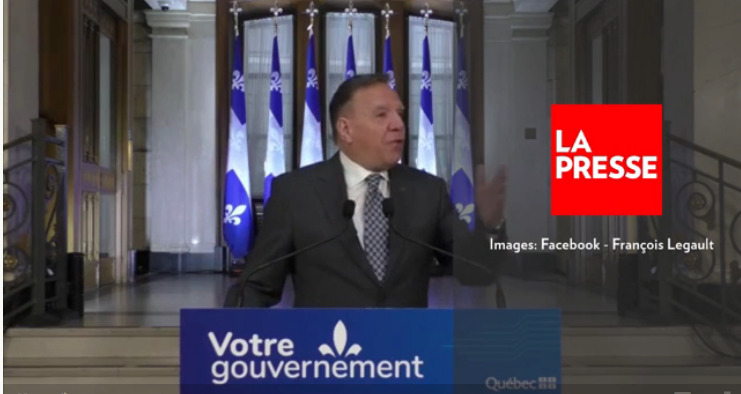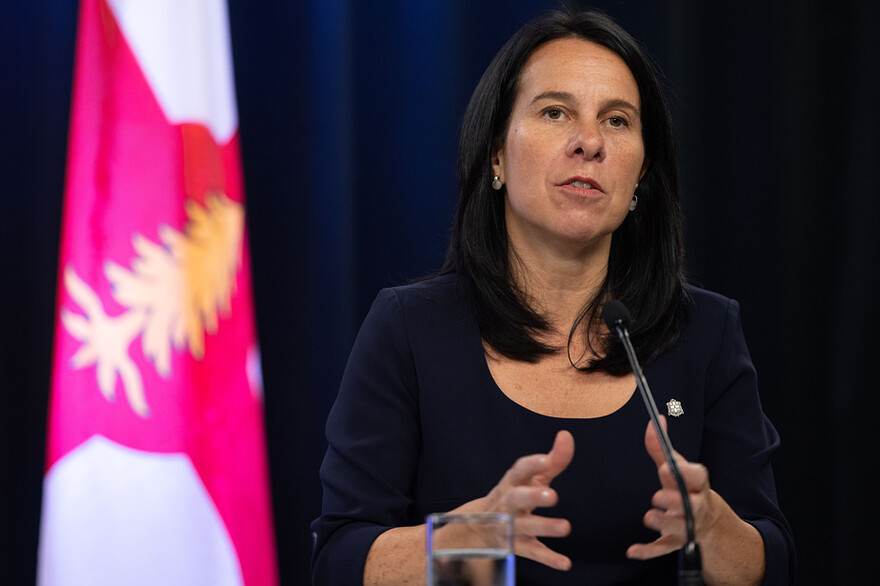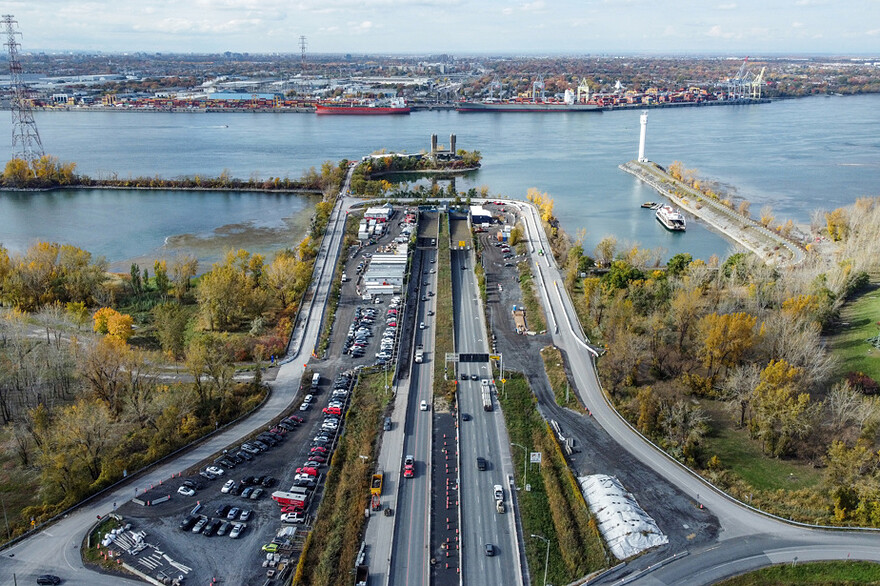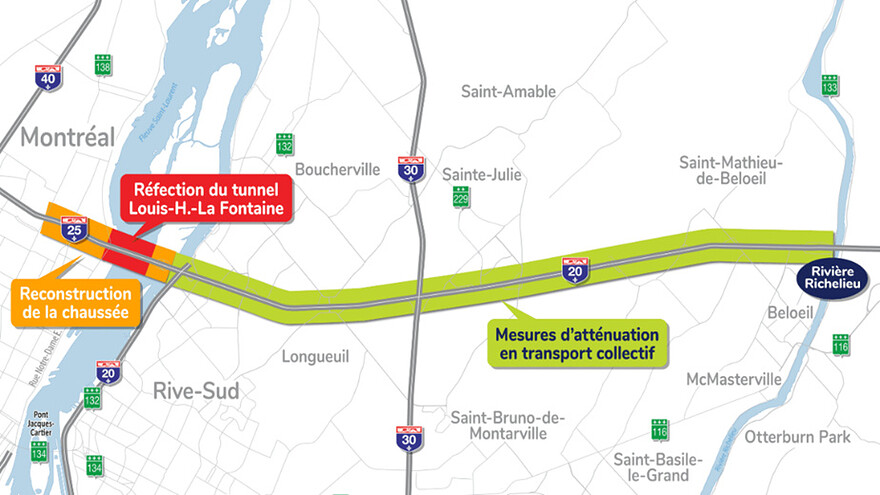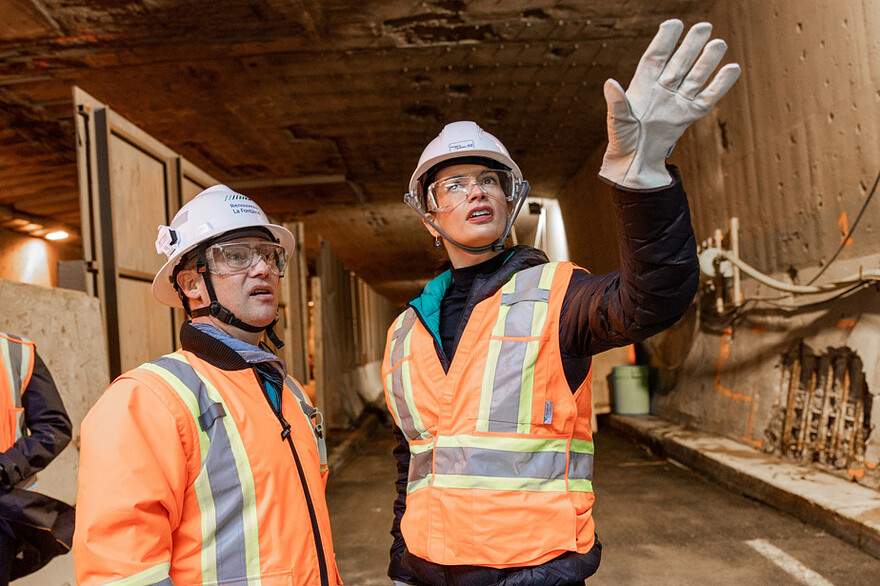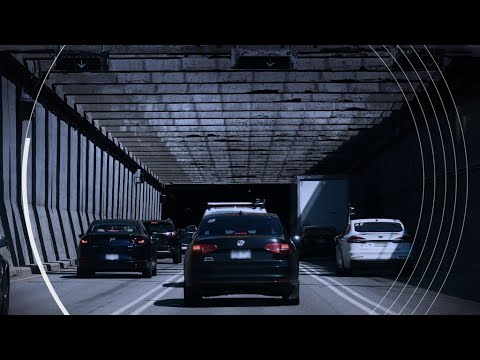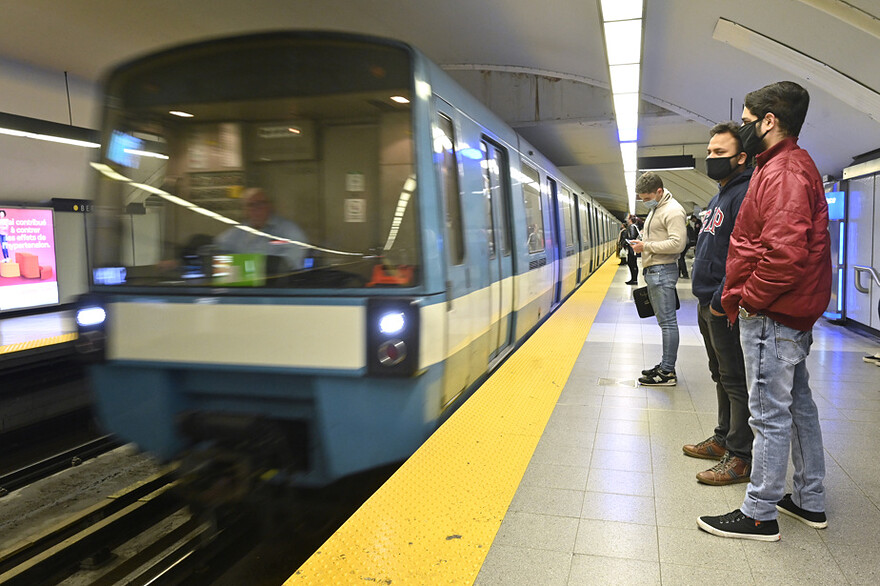Éditorial d’Allison Hanes dans la Gazette
Allison Hanes: La Fontaine nightmare puts Montreal commuters in a jam — again
News that the REM from Brossard to downtown will not open as planned in December adds insult to injury for South Shore commuters facing the three-year tunnel closure.
Allison Hanes
Montreal Gazette
Oct 24, 2022 • 6 hours ago • 4 minute read
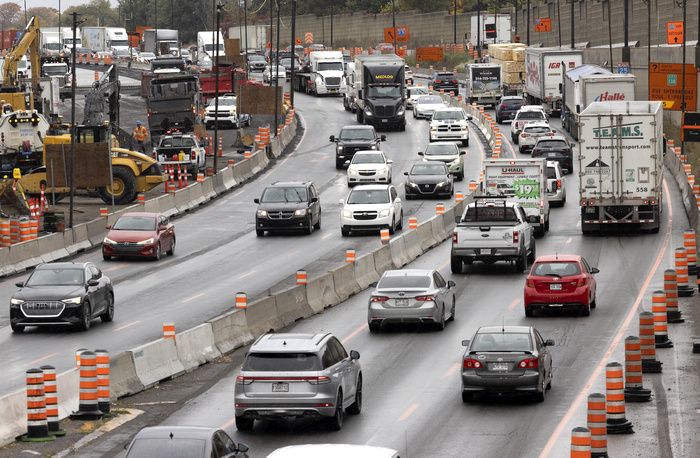
Traffic is tied up on the approach to La Fontaine Tunnel on Thursday, Oct. 13, 2022. Even by Montreal’s standards, the three-year blockage of a tunnel used by 120,000 vehicles a day is a doozy, Allison Hanes writes. PHOTO BY ALLEN MCINNIS /Montreal Gazette
Montreal-area motorists got a glimpse over the weekend of the gridlock that will be in store when half of the Louis-Hippolyte-La Fontaine Tunnel, a vital link between the city and the South Shore, closes for three years starting next Monday.
Preparatory work for the long-term obstruction put the northbound lanes of the tunnel off limits from Friday night to Monday morning. Longueuil was quickly overrun by a monster jam as drivers detoured to the Jacques-Cartier Bridge.
Starting Oct. 31, this will be the nightmarish new normal.
Continuing maintenance work had already determined the 55-year-old tunnel will take longer and cost more to repair. But now it seems the structure is in far worse shape than previously known. So on Oct. 13, Transport Quebec made the unforeseen announcement one of the two tubes burrowed beneath the St. Lawrence River will be shutting down until 2025. Until then, traffic will be squeezed into the remaining underpass, with two lanes heading toward Montreal and one going south.
Classic.
Montrealers have long been inured to sudden and unexpected closings of critical infrastructure. Damage caused by construction work shut down the Île-aux-Tourtes Bridge for several weeks in the summer of 2021. Repeated patch-ups were needed to prop up the old Champlain Bridge while the brand new Samuel-De Champlain span was being built. The Mercier Bridge had to be closed for emergency repairs a decade ago.
Oh, and by the way, heavy trucks will be banished from the Papineau-Leblanc Bridge, which links Montreal and Laval via Highway 19, for an “indeterminate” period — another obstacle that was announced Friday and comes into effect Monday.
But even by these standards, the three-year blockage of a tunnel used by 120,000 vehicles a day is a doozy — especially for a city that sits on an island. (Did I mention this will last three years?)
Commuters have been given little time to adjust or find alternatives, never mind the trucks transporting goods. Transit authorities will be bolstering service on shuttle buses, the Yellow Line of the métro and the Exo commuter trains. But it’s hard to see how all that additional traffic can be absorbed. Meanwhile, volumes on the Jacques-Cartier, Samuel-De Champlain and Victoria spans are already exceeding capacity, La Presse revealed last week — and that was before the La Fontaine situation developed. At the very least, employers should reconsider the return to the office for those who can work remotely.
If anyone was hoping for a little extra relief come December when the first leg of the $7-billion REM line was scheduled to enter into service between Brossard and downtown, there was more bad news Friday. It turns out the REM to the Dix30 on the South Shore won’t be ready until the spring of 2023, the Caisse de dépôt et placement du Québec’s infrastructure arm announced.
The project — which was first supposed to open in 2021, then the spring of 2022, then the fall of 2022 — has been beset with every kind of challenge you can think of: inflation, the pandemic, labour shortages, supply chain issues, delays in receiving the trains, the war in Ukraine.
The Caisse is also understandably wary of rushing the testing phases to get the new line up and running faster after the fiasco of Ottawa’s Confederation Line, which was plagued by so many breakdowns, interruptions and derailments after it was inaugurated in 2019 it was the subject of a public inquiry that ended last summer.
Nevertheless, the delay adds insult to injury for commuters who should have already been riding the driverless, electric trains well before the La Fontaine tunnel debacle. So much for the pension fund doing better than the Quebec Transport Ministry in getting the REM done on time and on budget.
Although it’s probably the least of everyone’s worries at this point, the delayed opening of the REM is also a missed chance for the Caisse to lure passengers — and more importantly, get people to change their commuting habits for good — by helping South Shore residents out of this jam.
The tunnel closing would be a golden opportunity to entice drivers from their cars and demonstrate the efficiency of the brand-spanking-new public transit line. It may still turn out that way — as long as the REM launches before the tunnel reopens. But in the meantime, commuters will adopt new behaviours that may be harder to change down the road.
If the urgency of changing transportation habits wasn’t already obvious — given the environmental, economic and human toll — it’s about to get a lot more conspicuous as of next Monday. The spillover will be felt from the South Shore to the eastern part of Ville-Marie borough and Mercier—Hochelaga-Maisonneuve as drivers seek new routes through these dense, urban neighbourhoods.
After a long period of infrastructure neglect catching up with Montreal, the city never seems to emerge from the construction zone. No matter how much money is invested in new public transit lines or how many orange cones pop up, the old transportation network is crumbling faster than it can be shored up.
The impending La Fontaine hell is just the latest indicator the lessons of the past still haven’t been taken to heart.
